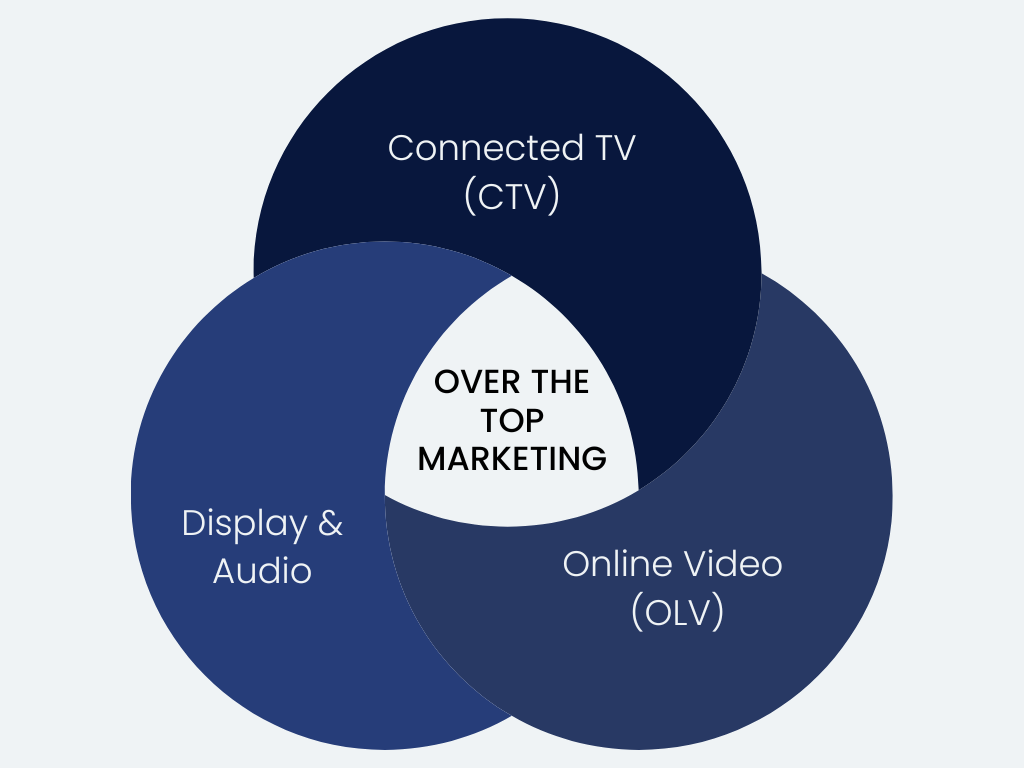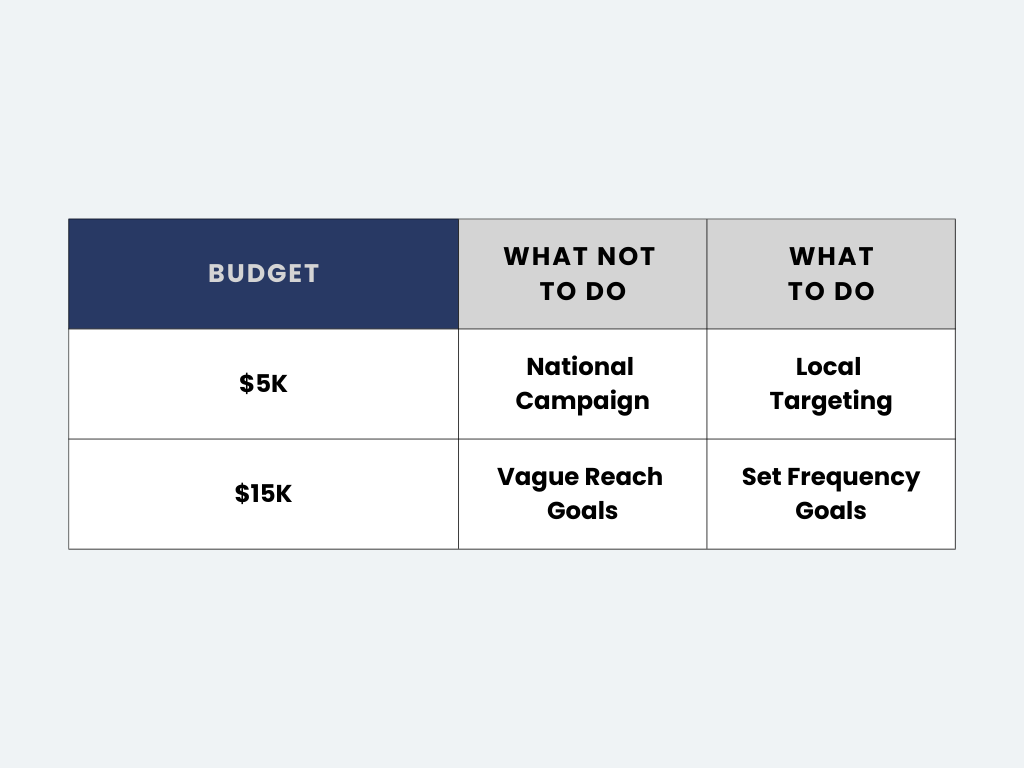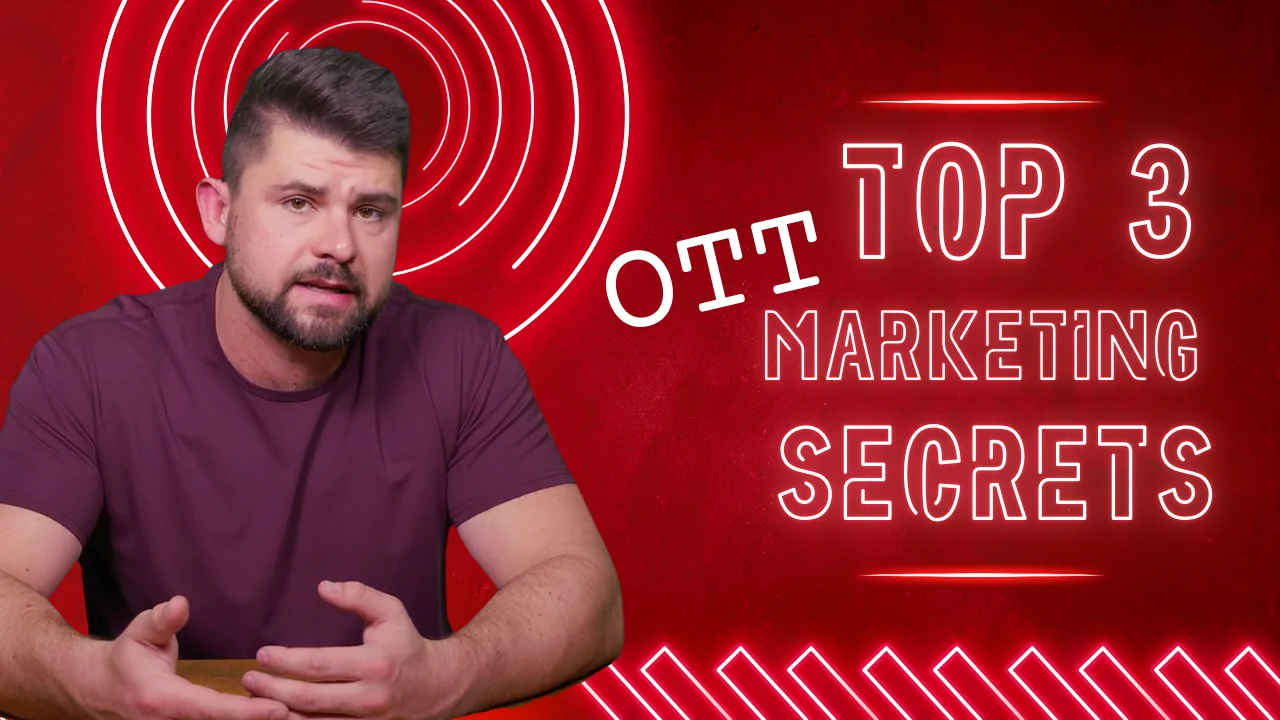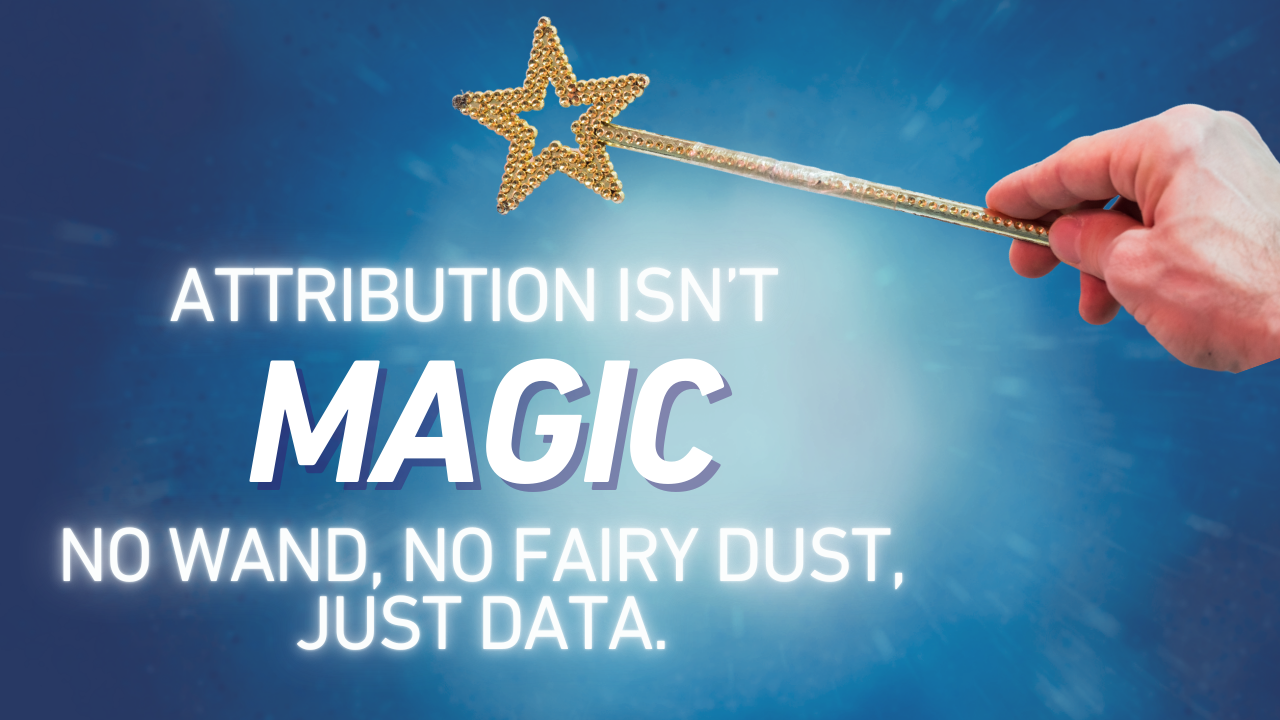OTT might look simple on the surface…just another place to run your video ads, right? Not quite. Under the hood, it’s a labyrinth of vendors, definitions, and platforms that can easily lead you down the wrong path if you’re not careful.
At adduro, we’ve seen it all. So we distilled years of programmatic experience into three quick (and critical) tips to help you navigate OTT the smart way.
1. Don’t Buy “OTT”… Seriously.

Sounds weird coming from a company that literally specializes in OTT, but hear us out.
“OTT” isn’t a precise term. Depending on who you’re talking to, it could mean anything from Connected TV (CTV), to Online Video (OLV), to display ads on a smart fridge. There’s no universal standard—and that’s a problem.
Most media buyers think they’re buying CTV when they request “OTT.” But many vendors lump in cheaper inventory like OLV or even audio ads. Since reporting is often vague (by design), buyers may never realize they’re not getting what they paid for.
Pro tip: Always clarify what devices your ad will run on. If you want CTV, say it. And if you’re including other channels like OLV, make sure pricing is broken out separately. Never let a provider bundle rates across device types.
2. Set Specific Goals with Your Provider
A shiny dashboard and vague promises won’t drive real results. Yet plenty of vendors will happily tell you that your $5,000 budget is totally enough for a national campaign. (It’s not.)
Instead, set clear, measurable goals from the start. Things like:
- Target weekly frequency
- Monthly household reach
- Specific geos or audience segments

This forces your provider to build a smarter campaign—and actually optimize toward performance, not just impressions.
3. Always Leverage Your First-Party Sales Data
OTT conversion tracking is mostly based on IP address matching. If someone sees your ad and later visits your website, that’s counted as a conversion.
But here’s the catch: if you’re already running other campaigns, or your audience is visiting your site organically, your OTT vendor can claim credit—even if OTT wasn’t the driver.
To know if OTT is really working, compare pre- and post-campaign activity:
- Did overall site traffic go up?
- Are more people searching for your brand?
- Are you seeing more leads from OTT-specific geos?
And always be cautious. Some vendors play games like only retargeting past visitors or—worse—partnering with fraudsters who spoof traffic to fake results.
Bottom line: Trust your own data. And when in doubt, ask questions. Lots of them.



